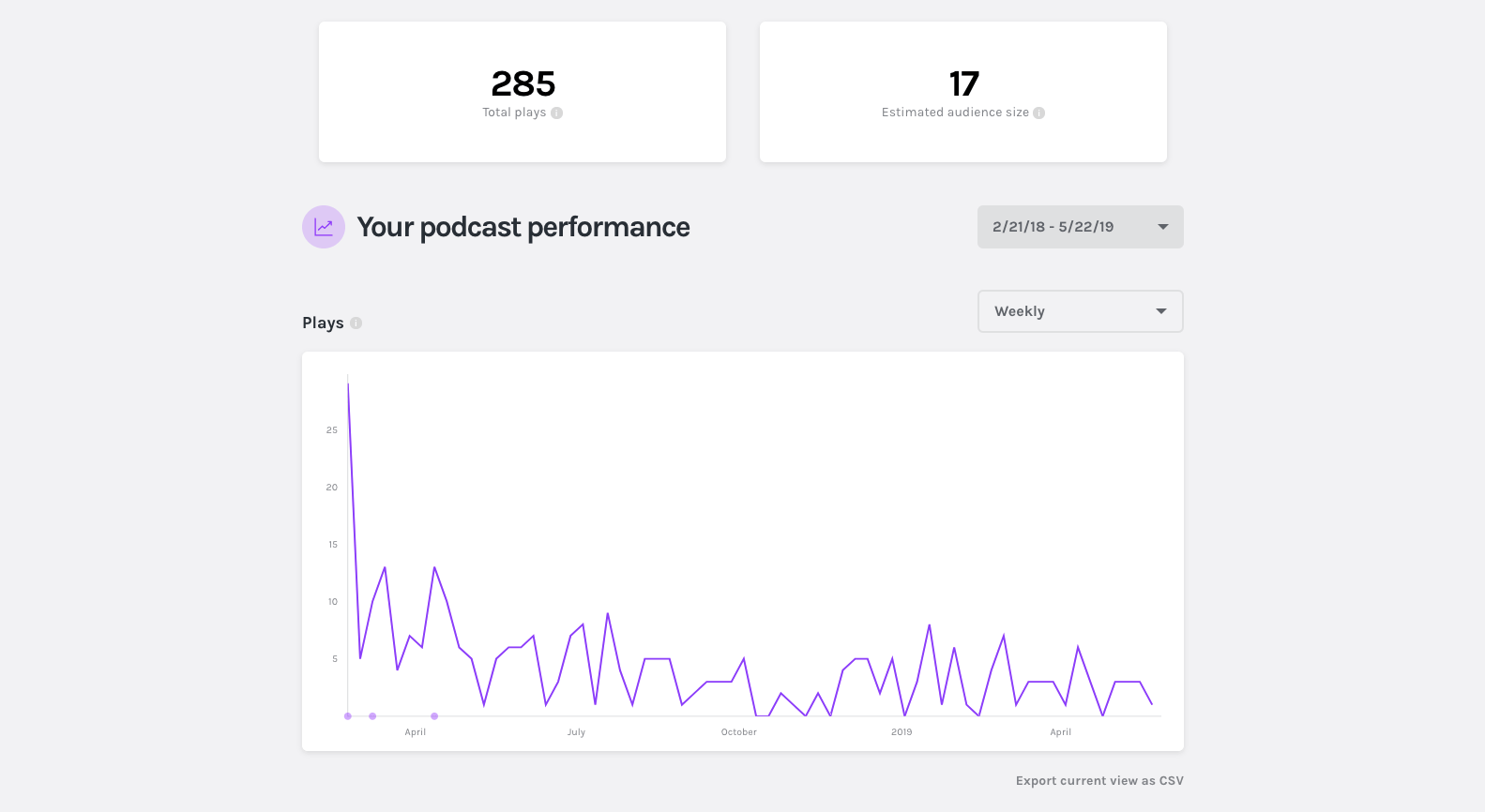

It’s probably good that we decided to make the switch early - we only had a backlog of eighteen episodes to transfer over, rather than hundreds of episodes. Our subscribers still seem to be getting new episodes and there haven’t been any issues on the major listening platforms. The great thing is, we haven’t had any issues with the switch to Transistor. When that was done, it was time for the real test: what would happen when a new episode came out? Reflections on the switch The nice thing about Captivate is that you will no longer have to pay for your account, but they will keep your account up in perpetuity to make sure the show redirect is accessible.Īll in all, setting up the switch was surprisingly simple it just takes a bit of patience as the RSS feed is updated across the different listening platforms. It gave us the option to redirect the show to a new hosting platform, and we gave them the new Transistor RSS feed. The next step was going back to our Captivate dashboard and cancelling the show. When the import was done, we were able to access the new Transistor RSS feed which we then manually changed in Apple Podcasts and Spotify. We signed up for a Transistor account and chose to import an existing show, pasting in our Captivate RSS feed. Luckily, by following their general instructions it was pretty easy to figure out. However, while Transistor acknowledges that you may be switching from Simplecast, Libsyn, Pod Bean, or Anchor, we couldn’t find any explicit information on making the switch from Captivate. Podcast hosting platforms want to make it easy to switch to them - they of course want your business - so it’s no surprise that Transistor has articles on switching to their platform.

We were nervous about changing our hosting service - what if something happened with our RSS feed and our subscribers lost access to our episodes or were somehow unsubscribed? What if we uploaded the first episode of season two and the redirects we set up failed, ruining the launch? We decided to make the switch early, two weeks before the new episode was set to come out, so that we would have time to catch any issues. How we switched from Captivate to Transistor All signs seemed to point to giving Transistor a try, and as our second season of the podcast approached we decided to make the switch. We started to wonder if we had made the right decision choosing Captivate over Transistor.Īt the same time, we realized that Transistor co-founder Justin Jackson is from right here in British Columbia. We also noticed that the Captivate player, which we had embedded on the podcast website, didn’t include the option for others to embed it as well. Why we decided to make the switchĪs the first season of the podcast wore on, we started encountering issues with Captivate - the website would go down and we wouldn’t be able to access our podcast dashboard to upload episodes, make changes, or check stats. The podcast launched in July 2020, and we began to get a feel for Captivate. After exploring both websites, we liked the look and of Captivate more and decided to try it. If you look at the features offered by both Captivate and Transistor they are almost identical, and we had a hard time deciding which to go with. We wanted the ability to host multiple podcasts on one account, and that left us with Captivate and Transistor, which both allow users to host an unlimited number of podcasts for $19 USD.


For us, Buzzsprout was ruled out because, although they are relatively cheaper at $12 USD per month, that price only includes one podcast. They’re all large, trusted platforms with sleek interfaces and analytics and choosing between them can be challenging. Why we chose Captivateīuzzsprout, Captivate, and Transistor dominate the top three hosting platforms on most “Best of” lists. The following is our experience choosing a hosting platform - Captivate - and ultimately deciding to make the switch to Transistor. And, even after you make your decision, there is a possibility that the hosting company you initially chose will no longer suit your needs, or that you’re just not as satisfied as you could be. You can and should do your research, but in the end sometimes this choice feels a bit like a shot in the dark. But this decision can feel overwhelming - there are a lot of different hosting platforms out there with a wide range of price tags. The podcast host you choose will store your audio files and make them accessible to listeners across the popular podcast platforms like Apple Podcasts and Spotify. When you’re starting a podcast, one of the first decisions you’ll need to make is what podcast hosting platform to use.


 0 kommentar(er)
0 kommentar(er)
